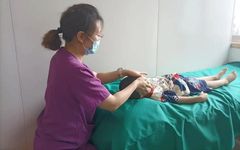·
Pediatric Tuina (小儿推拿) is a treatment method based on the holistic concepts of Traditional Chinese Medicine (TCM). It is guided by theories such as Yin-Yang, the Five Elements, and the meridian system. By employing various techniques to stimulate acupuncture points, it aims to promote the smooth flow of meridians and Qi (气) and blood, thereby adjusting organ functions and achieving health maintenance.
1.
Characteristics of Pediatric Tuina
1. Pediatric Tuina is a green therapy that does not require medication; it achieves therapeutic effects through manual techniques, avoiding potential side effects associated with drugs.
2. Pediatric Tuina has shown good efficacy for common and frequently occurring diseases in children.
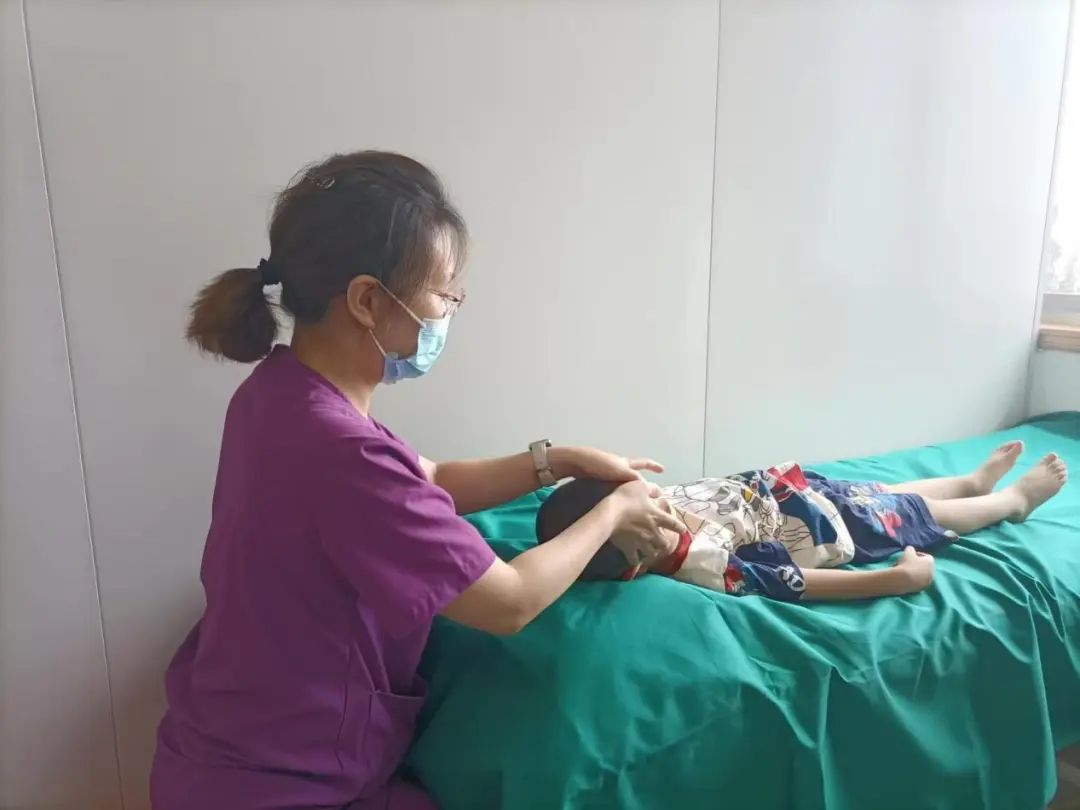
2.
Common Techniques in Pediatric Tuina
The techniques of Pediatric Tuina are diverse, including pushing (推法), kneading (揉法), pressing (按法), rubbing (摩法), pinching (掐法), rolling (搓法), lifting (拿法), moving (运法), squeezing (捏法), and wiping (擦法). In practice, practitioners select appropriate acupuncture points and techniques based on the child’s condition and constitution. For example, the technique for tonifying the Spleen Meridian (补脾经手法) can enhance the functions of the spleen and stomach, improving digestion and absorption; the Eight Trigrams technique (顺运八卦手法) can regulate the functions of the spleen, stomach, and respiratory system; the Large Intestine Clearing technique (清大肠手法) can alleviate issues such as food stagnation and constipation.
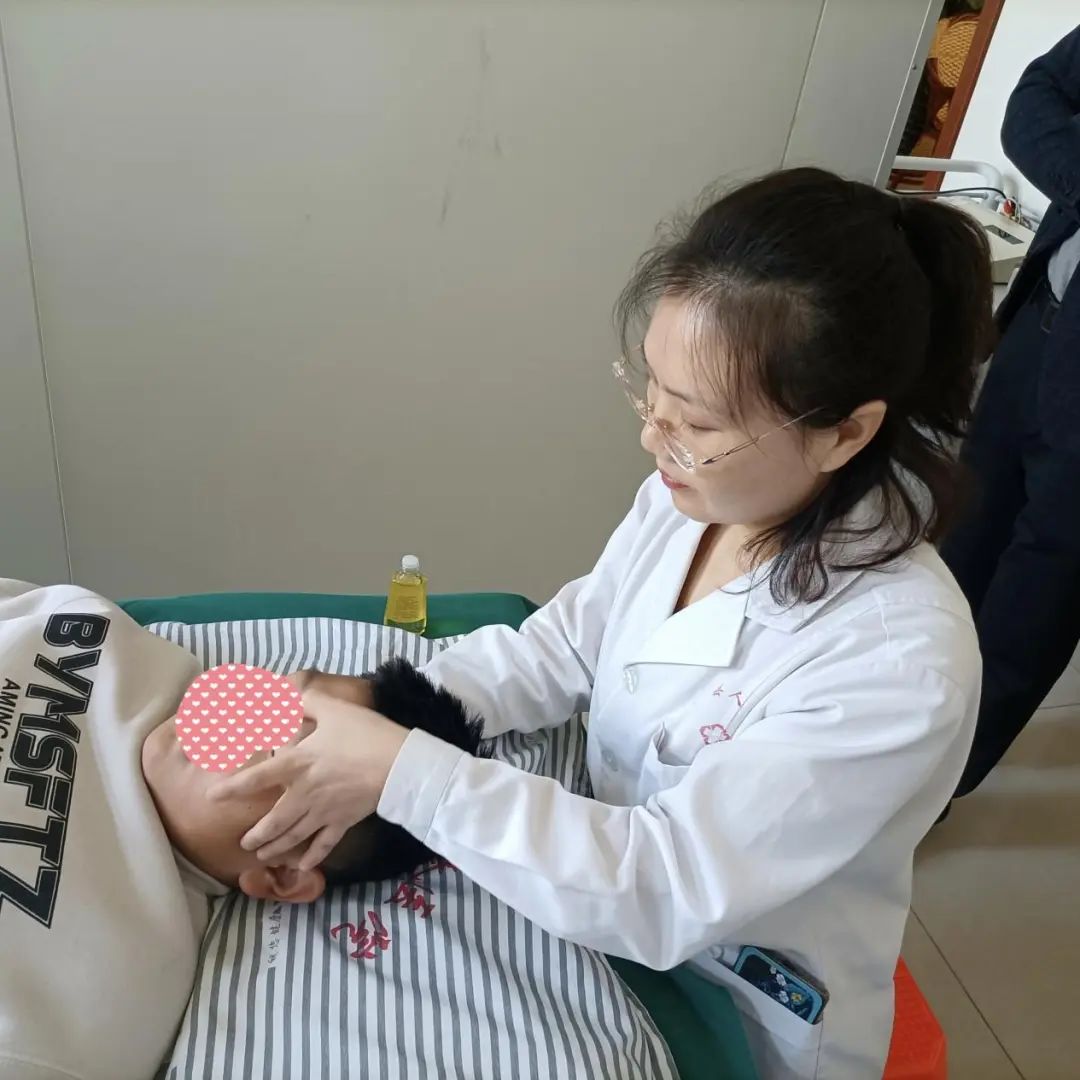
3.
Indications for Pediatric Tuina
Indications include pediatric colds, fevers, coughs, constipation, diarrhea, abdominal distension, night crying, food stagnation, anorexia, muscular torticollis, and myopia in adolescents.
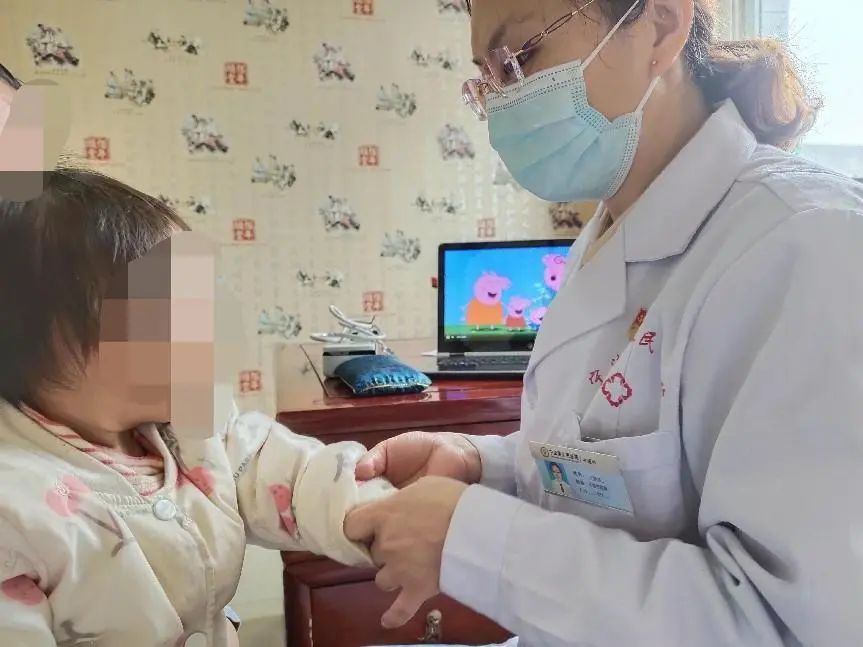
4.
Contraindications for Pediatric Tuina
Although Pediatric Tuina has a wide range of applications and good effects, there are certain conditions where it is not suitable. For instance, it should not be performed on areas with burns, scalds, abrasions, lacerations, or scabies; patients with certain acute infectious diseases, malignant tumors, trauma, fractures, or dislocations should also avoid Tuina; individuals with severe heart disease, liver disease, or mental illness should use caution with this therapy.
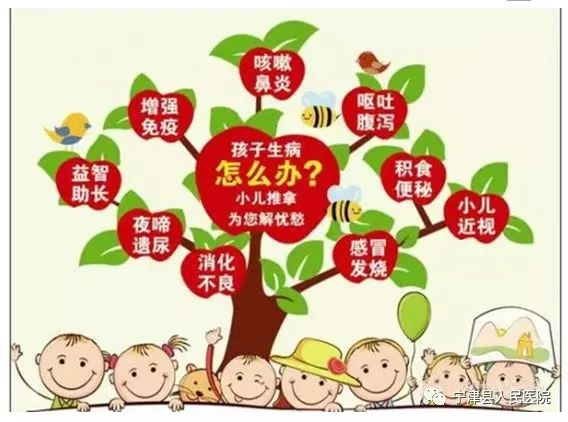
In summary, Pediatric Tuina is a safe, effective, and easy-to-implement treatment method.
Contributed by: Wang Yajun, TCM Department
Organized by: Ningjin County Science Association
Undertaken by: Ningjin County People’s Hospital

Hospital Address: No. 37 Kangping Road, Ningjin County
Emergency Phone: 0534—5232120

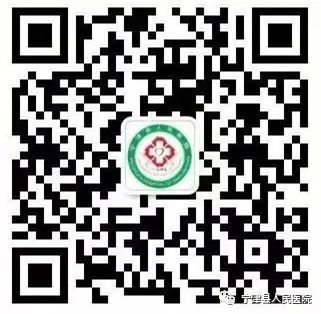
Appointment Registration and Information Inquiry
Please follow Ningjin County People’s Hospital
(Service Account)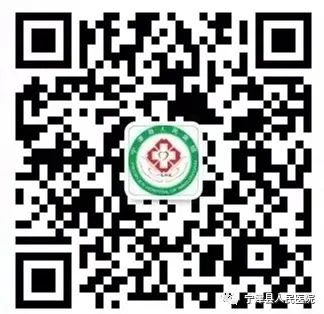 For more health information and hospital updates
For more health information and hospital updates
Please follow Ningjin County People’s Hospital
(Subscription Account)

